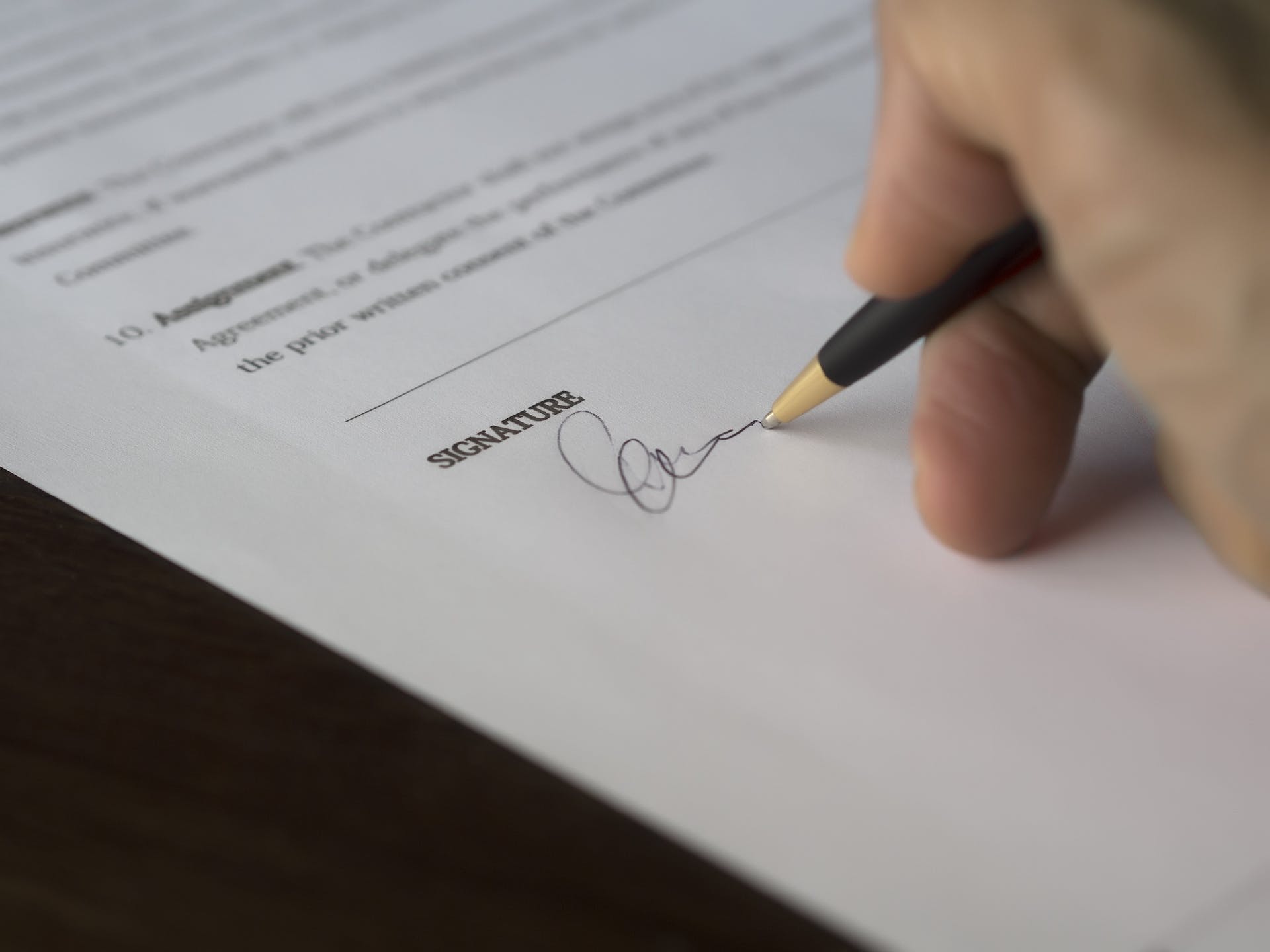

Question: What is the Purpose of the Disclosure Statement?
Answer: The purpose of the disclosure statement is to inform buyers about any known defects or issues with the property being sold.
What is the Purpose of the Disclosure Statement? Key Components of a Disclosure Statement
Buying a house is a significant investment, laden with hopes and dreams. Navigating this journey requires trust, and that’s where the disclosure statement steps in. But what exactly is its purpose, and how does it benefit both buyers and sellers? Buckle up, for we’re about to delve into the world of truth and transparency.
Building Trust: A Bridge Between Buyer and Seller
Imagine searching for your dream home, only to discover hidden issues after the deal closes. Frustration, disappointment, and potentially legal woes ensue. The disclosure statement exists to prevent such scenarios. It serves as a bridge between buyer and seller, fostering trust by laying bare the property’s history, condition, and potential concerns. [ 1 ]
Click here for more information on the best real estate agents in Caledon
Related Article: Why is Disclosure Important in a Mortgage?
Related Article: What Must Be Disclosed When Selling a House in Ontario?
Buyer Beware? Not with Disclosure!
For buyers, the disclosure statement empowers informed decision-making. Knowing about past repairs, environmental hazards, or neighborhood noise allows them to weigh the pros and cons carefully. This transparency reduces the risk of unpleasant surprises and potential legal disputes down the road.
Seller Savvy: Protection Through Disclosure
Sellers gain valuable protection through disclosure. By being upfront about potential issues, they minimize the risk of post-sale lawsuits alleging they withheld crucial information. A complete and honest disclosure statement demonstrates good faith and fosters a smoother transaction, potentially attracting more serious buyers willing to negotiate fairly.
Unveiling the Secrets: What Goes into a Disclosure Statement
The exact contents of a disclosure statement vary, but typically, it covers:
-
Property condition:
Past repairs, renovations, and major issues with structural elements, systems, and appliances. -
Environmental concerns:
Lead paint, asbestos, radon gas, or proximity to environmental hazards. -
Neighborhood nuisances:
Noise, traffic, construction, or potential hazards like flooding. -
Legal matters:
Outstanding lawsuits, easements, restrictive covenants, or boundary disputes. -
Past occurrences:
Insurance claims, deaths on the property, or major incidents.
The Price of Omission: Consequences of Withholding Information
Failing to disclose known issues can have severe consequences. Buyers may sue for damages if they discover hidden problems, and you could face legal repercussions for misrepresentation. Remember, honesty is the best policy, and a complete disclosure statement protects everyone involved.
Learn more about Jennifer Jewell and how she can help you
Transparency Triumphs: The Power of Disclosure
The disclosure statement isn’t just a legal formality; it’s a cornerstone of ethical and responsible real estate transactions. By embracing transparency, both buyers and sellers benefit from informed decisions, minimized risks, and a smoother overall experience. So, remember, when it comes to selling your house, the truth shall set you free – and ensure a successful journey for everyone involved.
References
1. https://www.realtor.com/advice/buy/what-is-a-property-disclosure-statement/


